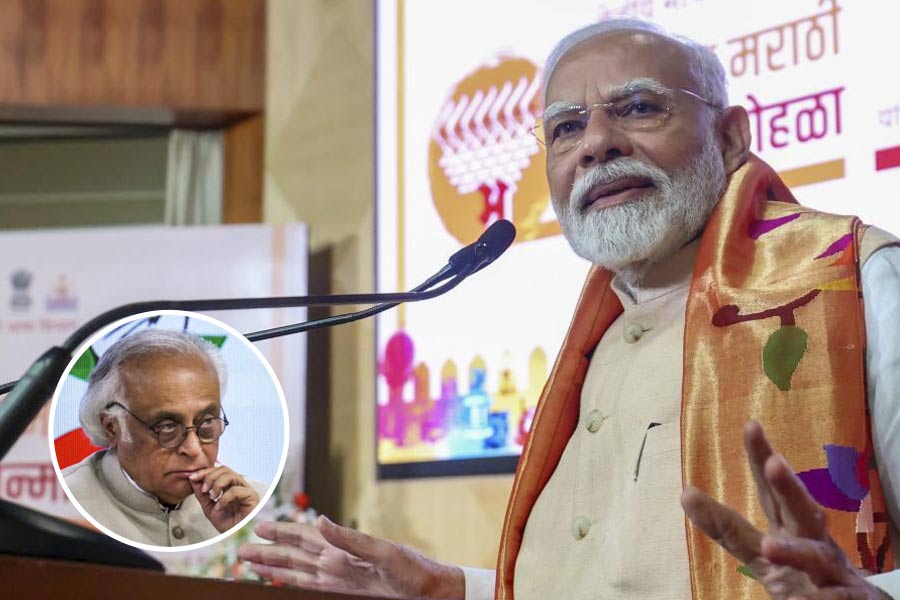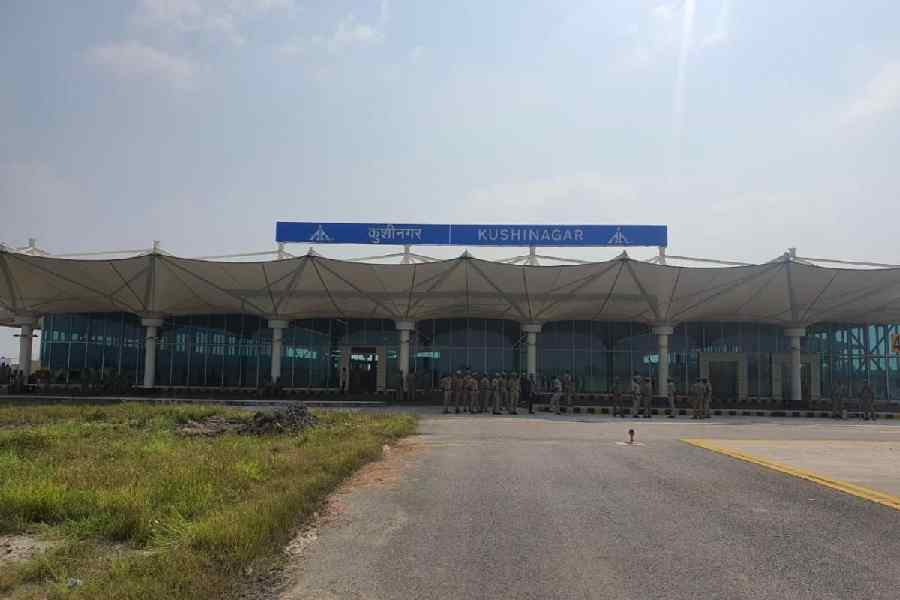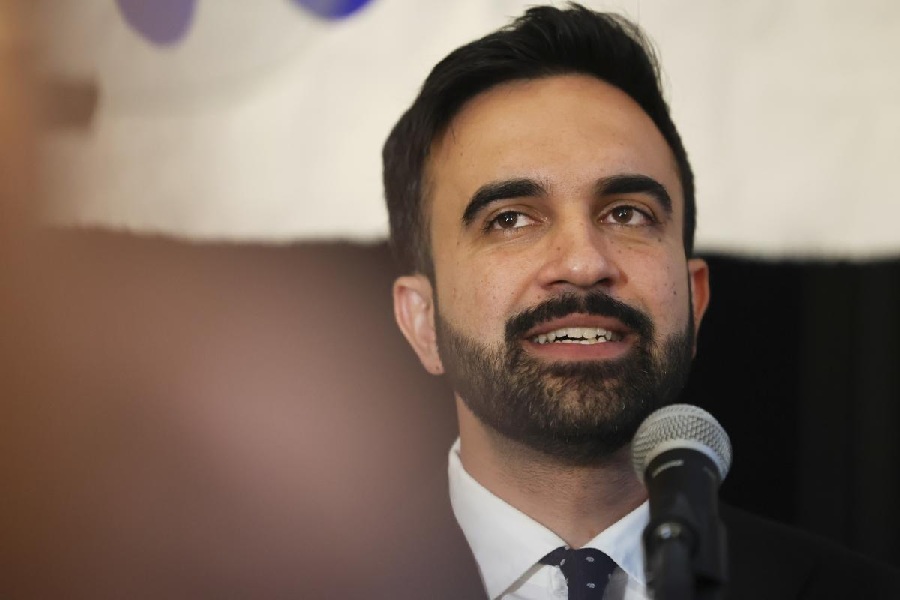The Union health ministry on Friday released guidelines on how postgraduate medical students, interns and nursing students could help address an anticipated shortage of doctors and nurses if the number of Covid-19 patients surge.
All PG students and nursing students would be deployed only after adequate training by senior faculty.
The standard operating protocols from the ministry outlines the procedures under which PG residents from “core” and clinical areas with exposure to critical care will manage severely ill patients, while other would manage other hospitalised patients.
The protocols also allow hospitals to draw MBBS qualified residents from non-clinical areas such as anatomy, physiology, biochemistry, microbiology, forensic medicine, pharmacological sciences, or radio-diagnosis across the hospital, primarily for coordination of patient management.
Hospitals would need to create three zones — a screening zone, a zone for non-critically ill patients, a zone for critically ill patients. The allocation of tasks has been designed to ensure that residents with relevant skills are available in different zones if senior consultants are not always available.
For instance, only residents from core and clinical areas with exposure to critical care — critical care, emergency medicine, geriatric medicine, pulmonary medicine, and certain other defined medical and surgical specialities — can be posted in the zones with critically ill patients.
But residents from other specialities such as obstetrics or gynaecology, dermatology, psychiatry, community medicine may be posted in the other two zones but will have to be supervised by residents from the core areas.
“A rational allocation of human resources will be critical as we will face a shortage of doctors if the number of patients who need hospitalisation or critical care beds rises sharply,” said a specialist and member of the Indian Society of Critical Care Medicine.
Under the protocols, postgraduate nursing students may be deployed to help manage critically ill patients while undergraduate nursing students would be used to screen patients and manage mild and moderately ill patients.










